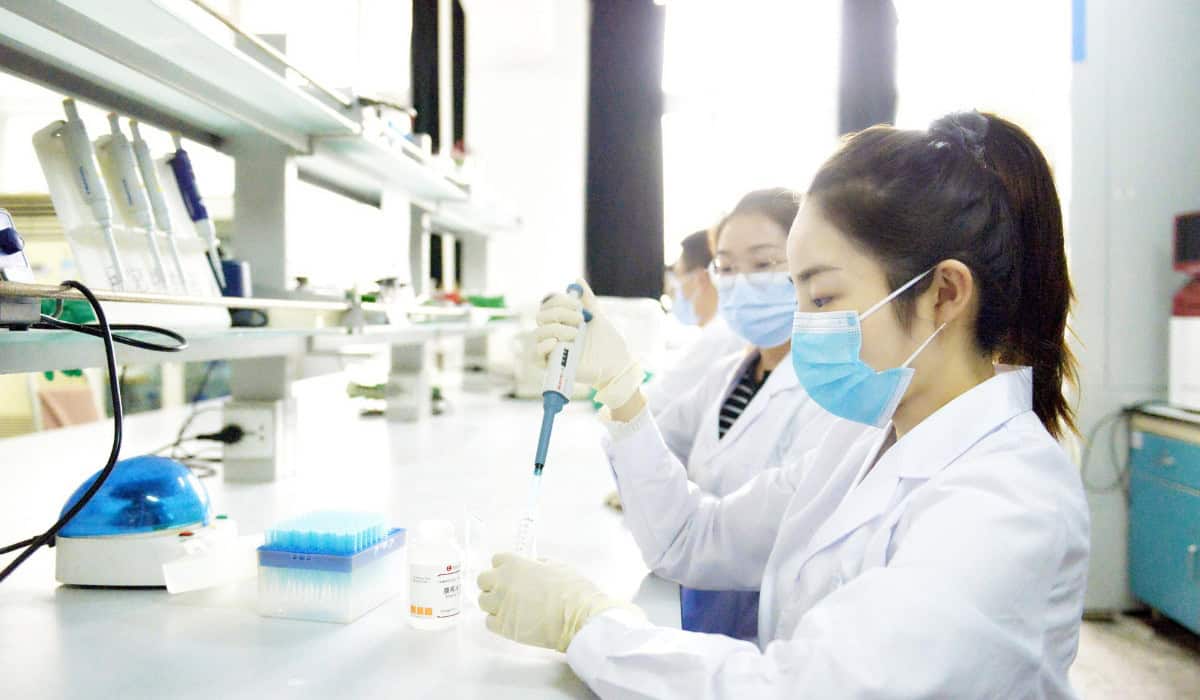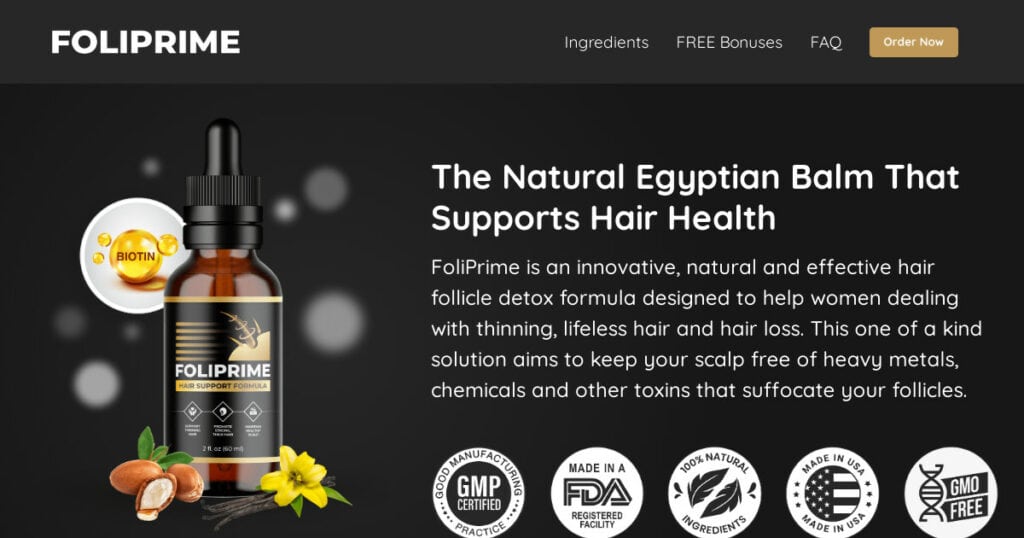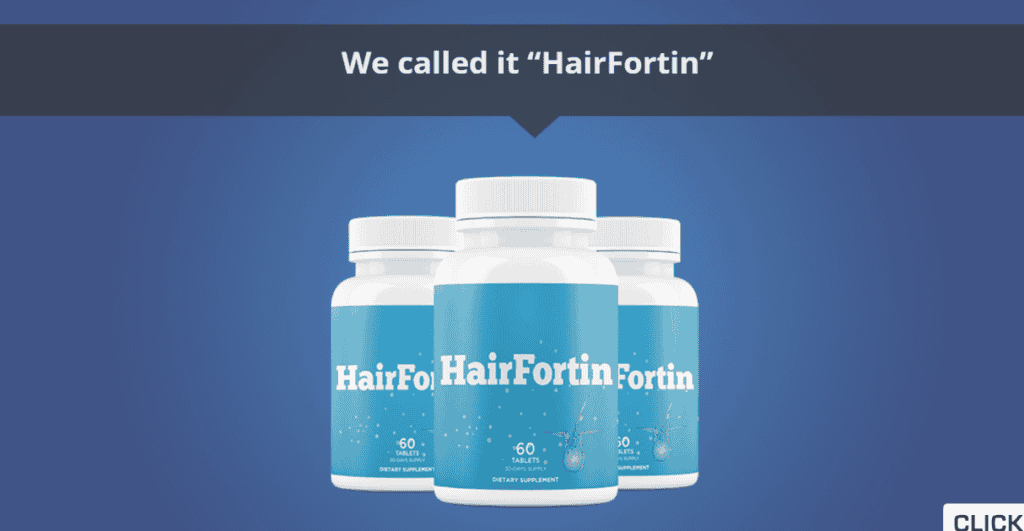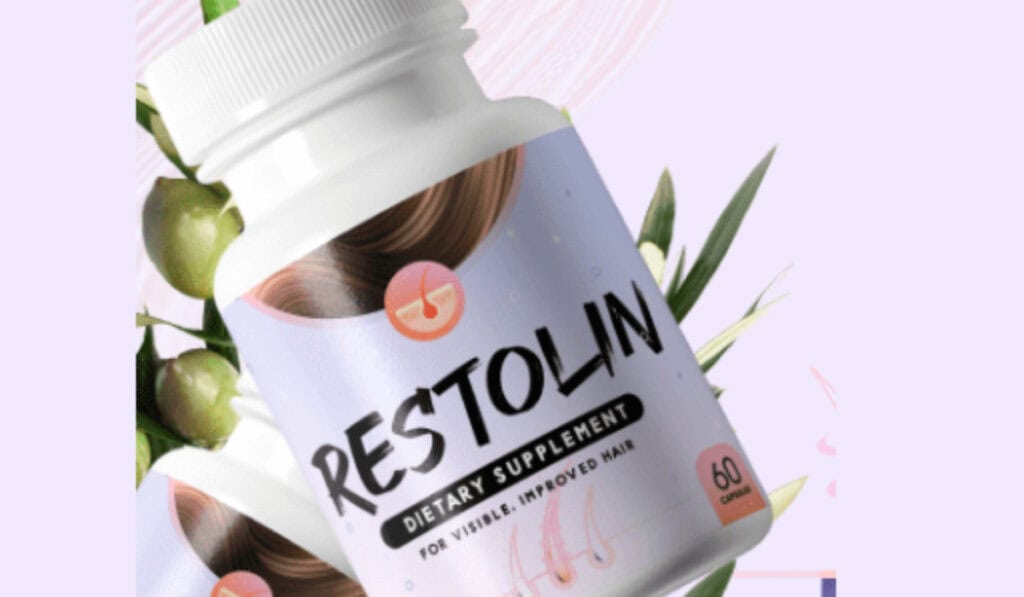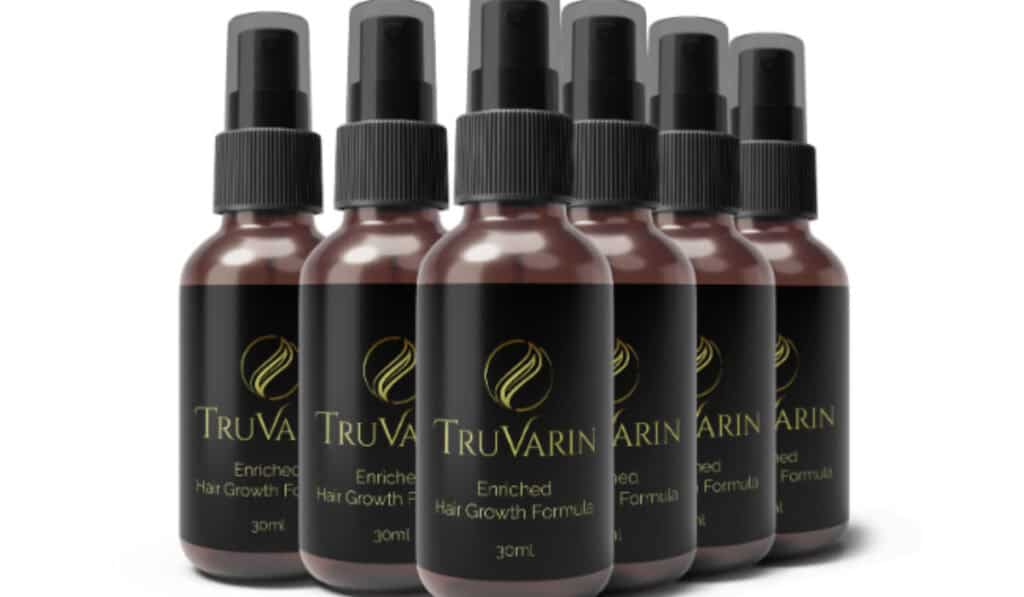Understanding the Hair Growth Cycle – A Deep Dive into the Phases
Hair growth is a fascinating process that involves several distinct phases, each playing a critical role in the development and renewal of hair. Your hair grows from follicles located under your skin and goes through a cycle that includes a growing phase, a transitional phase, and a resting period. The blood supply to the blood vessels in your scalp feeds the follicle cells, promoting hair growth and ensuring the health of your skin and hair follicles. Understanding these phases helps in recognizing how factors like the immune system and nervous system impact hair growth.
The anagen stage, or active growth phase, typically lasts between two to seven years and determines the length of your hair. Following this, your hair enters the catagen phase, a transitional period where growth stops, and the hair prepares to enter the resting phase. The telogen phase is this resting period, where the hair does not grow but stays attached to the follicle. Finally, the hair enters the exogen phase, shedding to make room for new hair growth. Each of these distinct stages ensures the continuous cycle of hair renewal and shedding.
Introduction to the Hair Growth Cycle
The hair growth cycle is an ongoing process that includes phases of growing, transitioning, and resting. Blood vessels play a crucial role in nourishing the hair follicles, contributing to the phases of hair growth. The cycle starts with the anagen stage, where hair actively grows. This stage typically lasts for several years. Next, the hair enters the catagen phase, a transitional period that lasts a few weeks. Understanding these phases is key to grasping how hair grows and renews itself over time.
Unveiling the Mystery Behind Hair Growth
Unraveling how hair grows involves understanding the roles of the blood supply and the distinct stages of the hair growth cycle. The anagen stage marks the beginning of this cycle, characterized by active growth fueled by nutrients delivered through blood vessels. This phase typically lasts several years, during which the hair grows continuously. The cycle then moves into the catagen phase, a short transitional period where growth ceases, preparing the hair for its next stage.
The Significance of Understanding Hair Growth Stages
Knowing the stages of hair growth is crucial for proper hair care.
How It Affects Your Hair Care Routine
Understanding the hair growth cycle can transform your hair care routine. By knowing which phase your hair is in, you can choose products and treatments that support healthy growth. For example, during the anagen phase, focusing on nourishment can maximize growth potential, while during the telogen phase, gentle handling can minimize unnecessary shedding.
The Detailed Phases of Hair Growth
Let’s explore the shedding phase in detail.
Anagen Phase: The Period of Active Growth
About 85 to 90% of your hair is in the anagen phase at any given time.
Factors Influencing the Anagen Phase Length
Several factors can affect how long your hair stays in the anagen phase. Conditions like telogen effluvium and alopecia areata can shorten this phase, leading to hair loss. Additionally, hormone levels and medications, such as oral finasteride, can also impact the length of the anagen phase.
Catagen Phase: The Transition Period
After the anagen phase, your scalp hairs enter the catagen stage, a brief phase of the hair growth cycle.
The Role of Hair Follicle Renewal
During the catagen phase, the hair follicle undergoes renewal. The dermal papilla, responsible for hair growth, detaches and rests, preparing the follicle for the next growth phase.
Telogen Phase: The Resting Phase
In the telogen stage, hairs are in the telogen phase, a period where growth stops, and the hairs prepare to shed. Chronic stress can extend this phase.
Understanding Hair Shedding
Shedding is a natural part of the hair growth cycle. It’s normal to lose 50 to 100 hairs a day, which occurs during the exogen phase. This shedding makes way for new growth.
Exogen Phase: The Shedding Phase
The exogen phase is when growth stops, and the hair sheds. This phase lasts a few months, during which 50 to 100 hairs can fall out daily. It’s a natural transition phase that leads back to the anagen phase, where new hairs start growing.
Recognizing Normal vs. Abnormal Hair Loss
While losing 50 to 100 hairs a day is normal, significantly more loss might indicate a problem. Factors like nutritional deficiencies, stress, and hormonal imbalances can cause abnormal hair loss. Recognizing the difference between normal shedding and hair loss is crucial for addressing potential issues.
Factors That Influence the Hair Growth Cycle
Various factors can impact the hair growth cycle, from nutrition and stress to hormonal changes and genetic predispositions. Understanding these can help in maintaining healthy hair growth.
Nutritional Insights for Supporting Hair Growth
Eating right plays a big role in making your hair healthy and strong. Your hair needs certain things from your food to grow well. If you don’t get enough of these things, your hair might not grow as it should. So, it’s important to pay attention to what you eat if you want great hair.
Essential Vitamins and Minerals for Hair Health
For your hair to be its best, you need to make sure you’re getting enough vitamins and minerals. Vitamins like B12 and folic acid are super important, and so are minerals like iron and zinc. These nutrients help your hair grow strong and stay healthy. If you’re not getting enough of them, you might notice your hair doesn’t look or feel as good as it could.
The Impact of Stress on Hair Growth
Did you know that being really stressed can actually make your hair stop growing? It’s true! When you’re super stressed, your body can send signals that mess with your hair’s growth cycle. That means your hair might not grow as fast, or it might even start to fall out. So, keeping stress under control is important for your hair, too.
Stress Management Techniques for Healthy Hair
Managing stress is not just good for your mind; it’s great for your hair too. Simple things like taking deep breaths, exercising, and finding hobbies that relax you can make a big difference. When you keep stress in check, your body works better, and that includes growing healthy hair. So, try to find ways to relax and have fun, and your hair will thank you.
Hormonal Influences and Genetic Factors
Hormones and your family history can also affect how your hair grows. Sometimes, changes in your body or just the genes you got from your parents can make your hair grow differently. It’s something you can’t really control, but understanding it can help you take better care of your hair.
Interpreting How Hormones Affect Hair Growth
Your body’s hormones are like little messengers that tell your hair when to grow and when to rest. For example, changes in hormones can make your hair thin or fall out. That’s why some people might notice their hair changes with stress, pregnancy, or other big life events. Knowing this can help you understand your hair better and find ways to take care of it.
Strategies to Promote a Healthy Hair Growth Cycle
Keeping your hair growing well means paying attention to a few different things. You want to make sure it’s getting the right nutrients, that you’re not too stressed, and that you’re taking care of it in the best way. It’s like putting together pieces of a puzzle to make sure your hair is as healthy as it can be.
The Role of Proper Hair Care and Hygiene
How you take care of your hair every day makes a big difference in how well it grows. Washing it the right way, not using too much heat, and brushing gently are all important. These simple steps can help prevent damage and keep your hair looking great.
Choosing the Right Hair Care Products
Finding the right products for your hair type can really help keep it healthy. Look for shampoos and conditioners that match what your hair needs, whether it’s more moisture, less oil, or help with tangles. Using the right stuff can make a big difference in how your hair looks and feels.
Advanced Hair Growth Treatments
Sometimes, you might want a little extra help for your hair. There are treatments out there that can give your hair a boost. From special creams to light therapy, there are lots of options to explore if you’re looking for more ways to keep your hair healthy.
From Minoxidil to Laser Therapy
There are some really cool treatments that can help with hair growth. Minoxidil is a medicine that’s been approved by the FDA, and it can help some people grow more hair. Laser therapy is another option that uses light to stimulate your hair roots. These treatments can be great additions to your hair care routine if you’re looking for more help.
Natural Remedies and Their Effectiveness
Some people prefer to use natural ways to help their hair grow. Things like oils and herbs have been used for a long time to make hair healthier. While they might not work the same for everyone, they can be a good option to try alongside other hair care methods.
Herbs and Oils That Can Stimulate Hair Growth
There are lots of natural ingredients that can help your hair. Oils like coconut and castor oil can moisturize your hair and make it stronger. Herbs like rosemary and peppermint can also help by stimulating your hair roots. Mixing these natural treatments with your regular hair care can give your hair an extra boost.
Navigating Challenges in the Hair Growth Cycle
Understanding your hair’s growth cycle can help you figure out the best way to take care of it. Sometimes you might face challenges, like your hair not growing as fast as you’d like. But with the right care and treatments, you can help your hair stay on track.
Dealing with Common Hair Growth Disorders
Some people might face special challenges with their hair, like thinning or hair loss. These issues can be tough, but there are ways to deal with them. Understanding what’s causing the problem is the first step, and then you can look for treatments that might help get your hair growing again.
Addressing Alopecia and Other Hair Loss Conditions
When you face hair loss, it’s crucial to understand that treatments are available, and hope is not lost. Alopecia, a common hair loss condition, can be addressed with the right approach. Blood tests can reveal underlying causes, like nutrient deficiencies or thyroid issues, guiding effective treatment. Actively growing your knowledge about these conditions empowers you to seek appropriate care and regain confidence in your hair’s health.
Overcoming Environmental Damages to Hair
Your hair faces threats from pollution and sun exposure every day. These environmental factors can weaken your hair, making it crucial to protect it. Awareness and preventive measures can help maintain your hair’s strength and vitality.
Protective Measures Against Heat and Pollution
Shielding your hair from heat and pollution is vital for its health. Wearing hats, using gentle, protective hair products, and avoiding direct heat can make a big difference. These steps help keep your hair strong and prevent damage from the harsh environment, allowing it to thrive.
Future Directions in Hair Growth Research
The quest for understanding and enhancing hair growth continues to evolve. Future research holds the promise of groundbreaking treatments and deeper insights into how we can support healthy hair growth and combat hair loss.
Innovations in Hair Regrowth and Restoration Techniques
Emerging technologies and treatments are on the horizon, aiming to revolutionize how we approach hair regrowth and restoration. These advancements promise to offer more effective and accessible solutions for those seeking to improve their hair health.
The Potential of Stem Cell Research in Hair Growth
Stem cell research is paving the way for innovative hair growth treatments. This cutting-edge science holds the potential to regenerate hair follicles, offering new hope for individuals experiencing hair loss. The ability to grow hair from newly created follicles could transform hair restoration practices, making it a game-changer in the field.
The Evolution of Hair Care Products
The hair care industry is continually advancing, with new products designed to meet the diverse needs of consumers. This evolution ensures that you have access to the best tools for maintaining healthy hair.
Biotechnological Advances and Their Impacts
Biotechnology is revolutionizing hair care, leading to products that are more effective than ever. These scientific breakthroughs enable the creation of treatments that target hair growth at a molecular level, offering solutions that weren’t possible before. As a result, individuals can now enjoy healthier, stronger hair, thanks to these innovations.
Conclusion: Empowering Your Hair Growth Journey
Your journey to achieving healthy hair is a personal one, filled with discoveries and choices that cater to your unique hair needs. Embracing the knowledge and tools available can lead you to healthier, more vibrant hair. Remember, the path to optimal hair health is ongoing, and your efforts will pay off with patience and persistence.
Summarizing Key Takeaways for Optimal Hair Health
To ensure your hair remains healthy and strong, it’s essential to understand the stages of hair growth, the role of vitamins and minerals, and how to protect your hair from damage. Regular care, along with targeted treatments, can significantly enhance your hair’s health and appearance. Keep these insights in mind as you continue to care for your hair, and you’ll see positive changes over time.
Encouraging Continued Education and Personal Care Practices
Continuing to educate yourself about your hair’s needs and the best care practices is key to maintaining its health. Understanding the stages of hair growth, the role of vitamins and minerals, and how thyroid function can influence hair health are vital. Incorporating knowledge about the promotion of anagen and increased hair density into your routine, as well as exploring treatments like minoxidil and finasteride, can make a significant difference. A retrospective study shows that informed personal care practices lead to better hair health outcomes. Stay curious and proactive in your hair care journey.

